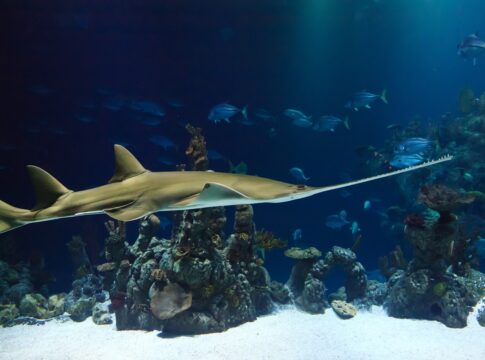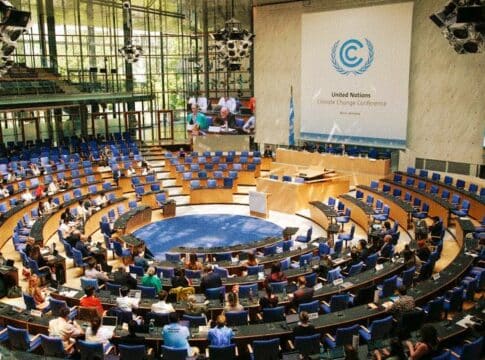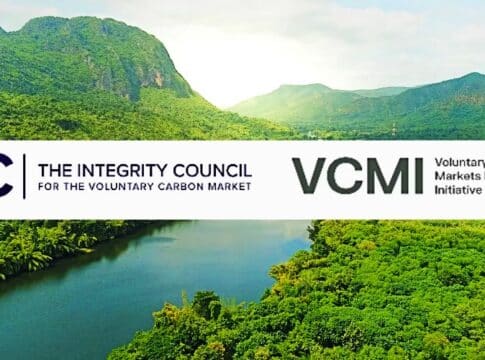United Nations Adopts Groundbreaking High Seas Treaty to Protect the Environment
The United Nations (UN) has achieved a significant milestone by unanimously approving the Biodiversity Beyond National Jurisdiction Treaty (BBNJ), commonly known as the High Seas Treaty.
About 2/3 of the planet’s oceans lie beyond national boundaries in an area called the high seas. But only about 1% of this unexplored expanse has been protected. And so, the BBNJ came about.
The groundbreaking international agreement marks the first-ever legally binding framework governing activities on the high seas. The ultimate goal is to protect the environment and prevent disputes over natural resources and shipping.
Here are 7 key takeaways from the High Seas Treaty announcement:
High Seas Treaty: The UN member states have adopted the BBNJ Treaty. It establishes rules to safeguard the environment and address critical issues in areas beyond national jurisdiction.
Protection of Biodiversity: The treaty promotes the establishment of Marine Protected Areas (MPAs) in the high seas to counteract biodiversity loss caused by climate change impacts, overfishing, pollution, and other harmful activities.
Regulation of High Seas Activities: The treaty sets standards and guidelines to assess the environmental impact of high seas activities. These particularly include deep-sea mining, ensuring the preservation of marine life and ecosystems.
Compliance and Enforcement: The treaty creates a Conference of Parties (COP) responsible for monitoring and enforcing compliance with its terms. Additionally, a scientific advisory board will provide guidance based on scientific research.
Technology Transfer and Resource Sharing: The treaty incorporates a mechanism to facilitate the transfer of marine technology to developing countries. This is to ensure equitable sharing of benefits and resources from the high seas. This includes groundbreaking advancements in medical and nutrition science.
Implications for Climate Change: The high seas play a crucial role in regulating the climate by absorbing carbon dioxide and excess heat from the atmosphere, as well as driving global weather patterns. Protecting the high seas contributes to mitigating climate change impacts.
Ratification Process: The treaty requires individual ratification by at least 60 UN member nations before it can enter into force. The aim is to achieve this by the next UN Ocean Conference in June 2025 in Nice, France.
The UN’s adoption of the High Seas Treaty represents a significant step towards protecting the environment and ensuring sustainable management of the high seas.
The groundbreaking agreement establishes guidelines for the preservation of biodiversity, regulation of high seas activities, and equitable sharing of resources.
The post United Nations Adopts Groundbreaking High Seas Treaty to Protect the Environment appeared first on Carbon Credits.



